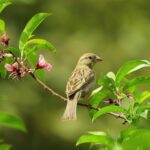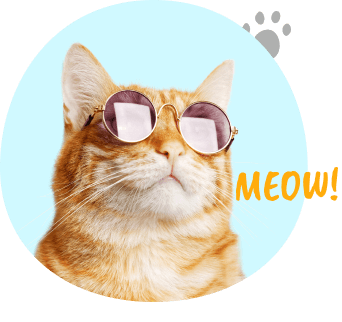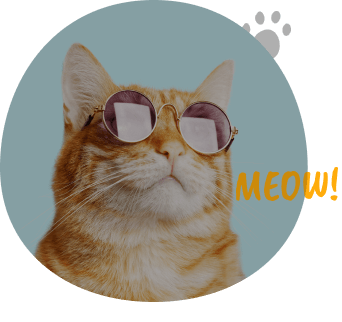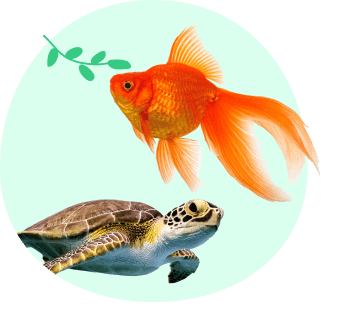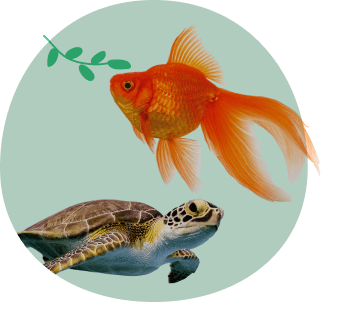Feathered Friends: A Guide to Grooming Your Pet Bird
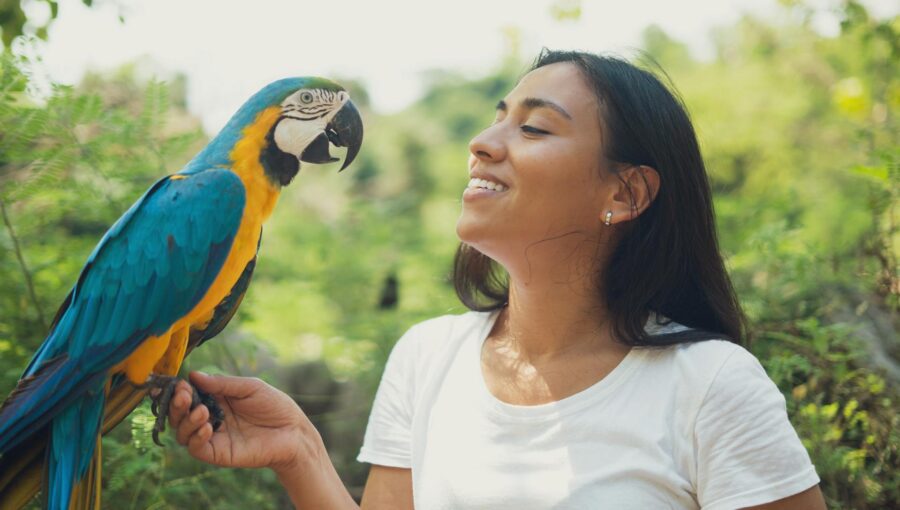 Pexels | Los Muertos Crew
Pexels | Los Muertos Crew Feather Care:
Feathers are a bird’s crowning glory and a crucial aspect of their well-being. Regular preening, where birds use their beaks to clean and arrange their feathers, is a natural behavior. However, you can assist in maintaining their plumage by providing a shallow dish of clean water for bathing. Most birds enjoy a good splash, which helps remove dust and debris from their feathers. For species native to humid environments, misting with a water spray can mimic their natural habitat and keep their plumage vibrant.
Trimming Flight Feathers:While many bird owners love to see their pets soaring around the house, it’s essential to consider the safety of both your bird and your living space. Trimming flight feathers can prevent accidents and ensure your bird doesn’t injure itself by flying into windows or ceiling fans. Seek guidance from a professional veterinarian or an experienced bird groomer to learn the proper technique and the right time to trim your bird’s flight feathers, as this varies depending on the species.
Nail Maintenance:Long nails can lead to discomfort for your pet bird, making perching and walking difficult. Regular nail trimming is essential to prevent overgrowth. A bird’s nails have blood vessels called the “quick,” similar to a dog or cat’s nails. Care must be taken not to cut into the quick, as it can cause bleeding and pain. Consult your veterinarian or a professional groomer to learn the correct method and tools for trimming your bird’s nails safely.
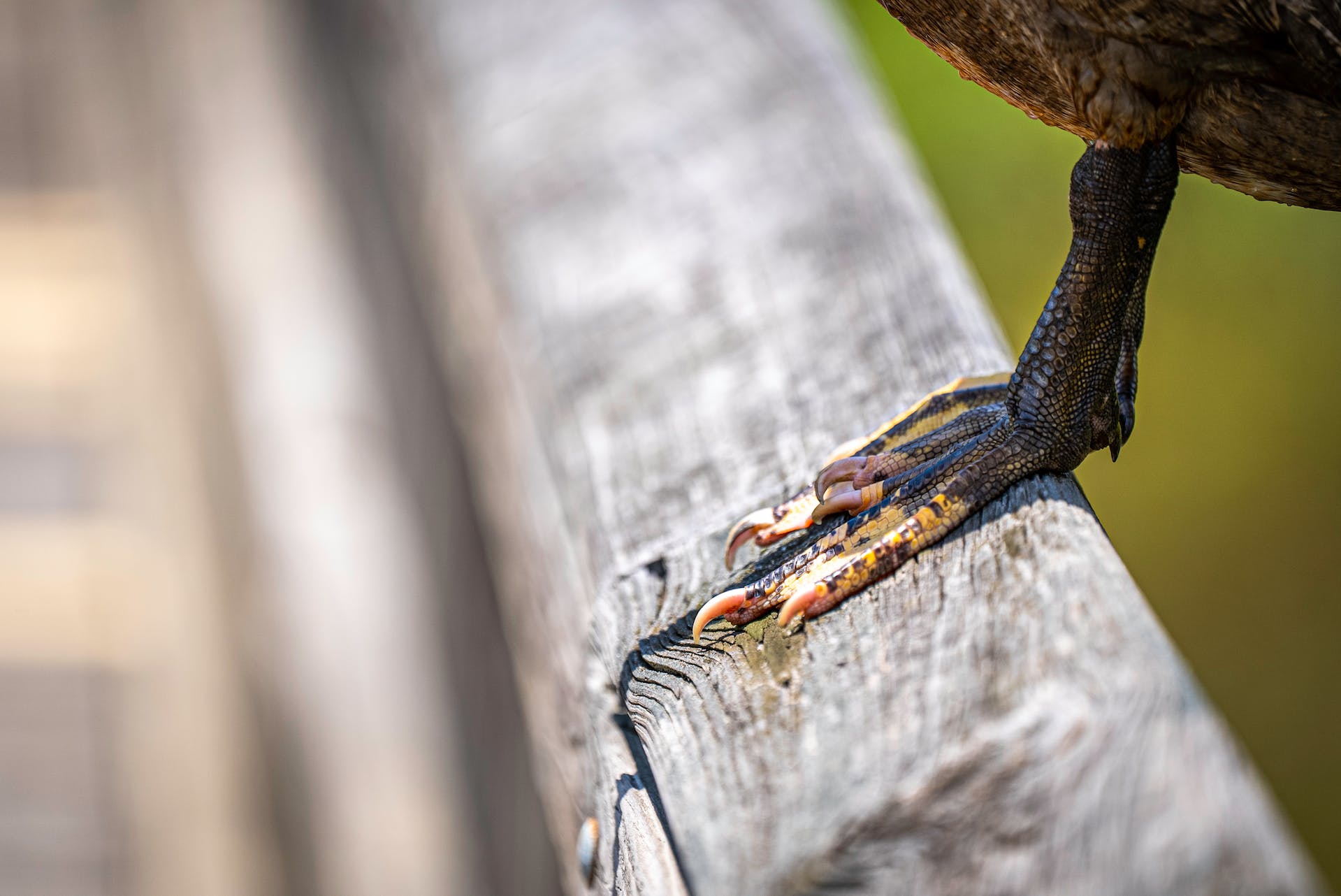 Pexels | Mark Stebnicki
Pexels | Mark Stebnicki A bird’s beak is a vital tool for various activities, from eating to climbing. Beak overgrowth can result in difficulty eating and potential health issues. Providing your bird with a variety of toys, perches, and natural materials can help naturally wear down their beak. In some cases, beak overgrowth may require professional intervention. Regular veterinary check-ups can help identify and address any beak-related concerns.
Molting:Molting is a natural process where birds shed old feathers and grow new ones. During this period, your bird may appear scruffy and irritable. Providing a nutritious diet rich in vitamins and minerals is crucial to support healthy feather regrowth. Gently brushing your bird’s plumage with a soft, clean toothbrush can help remove loose feathers and promote a sleek appearance.
Emotional Well-being:Grooming isn’t just about physical health; it also plays a role in your bird’s emotional well-being. Establishing a grooming routine fosters trust and strengthens the bond between you and your feathered friend. Use positive reinforcement, such as treats and praise, to make grooming a positive experience. Pay attention to your bird’s body language and be sensitive to signs of stress or discomfort.
Conclusion:Grooming your pet bird is a holistic approach to avian care that goes beyond aesthetic concerns. It contributes to their overall health, happiness, and the strength of your bond. By understanding and implementing proper grooming practices, you can ensure your feathered friend enjoys a vibrant and fulfilling life as a cherished member of your family.


